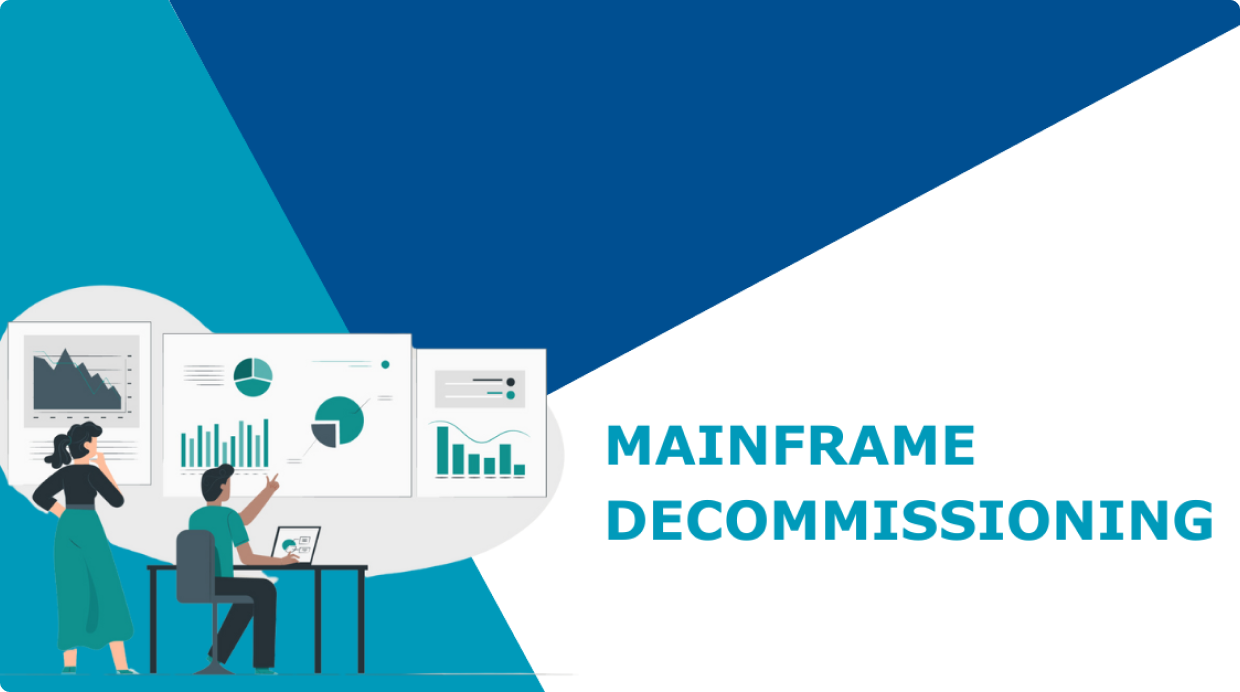Mainframe Decommissioning: Key Considerations for a Successful Programme
Mainframe Decommissioning: Key Considerations for a Successful Programme

Mainframe Decommissioning: Considerations and where to start.
Decommissioning a mainframe is arguably one of the largest technological decisions your company can make, and as a result, several factors must be carefully considered. It’s an undertaking that could have significant impact on your business, whether it’s the cost, the impact on business operations or the risks involved.
If you plan ahead and ensure you have all the necessary information, however, you can ensure that this process goes as smoothly as possible.
What makes a successful decommissioning programme?
It’s hugely important first to understand the task at hand, and whether this is the best time for your business or project to undergo the digital transformation process.
Mainframe decommissioning means retiring or shutting down a mainframe computer system that is no longer needed or viable. This process involves migrating data and applications from the mainframe to alternative platforms, such as cloud-based systems or newer hardware. Mainframe decommissioning may be undertaken due to factors such as obsolescence, cost considerations, or strategic shifts in technology infrastructures.
|
|
Where should you start?
Assess Your Current Mainframe Applications:Start by taking stock of current applications to determine which ones are still in use and which can be retired. Not all applications may be suitable for migration, so it’s crucial to identify those that need replacement. |
Estimate Decommissioning Costs: Estimating costs involves considering not only decommissioning expenses but also financial, operational, and legal ramifications. Outsourcing to specialized mainframe providers is always a safe option, but it’s important to carefully assess any additional expenses.
Evaluate Risks: Decommissioning poses several risks, including system downtime and potential data loss. It’s essential to have contingency plans in place and to allocate specific tasks to individuals to mitigate these risks effectively.
Transition to Power Cloud Platform: Moving applications to a Power cloud platform requires careful consideration of factors such as application types, cloud provider selection, and resource needs. A Power cloud platform offers cost reduction, scalability, and flexibility benefits.
Adoption and Hardware Removal: Coordination between adoption and hardware removal is essential. Involving users early on, providing training and support, and implementing phased hardware removal are key steps in this process
Successfully navigating a mainframe decommissioning project requires thorough planning and execution. By addressing these considerations and following step-by-step instructions, businesses can achieve a seamless transition with minimal disruptions.
For more insights on successful project completion or assistance with your Digital Transformation Project, contact our team.
